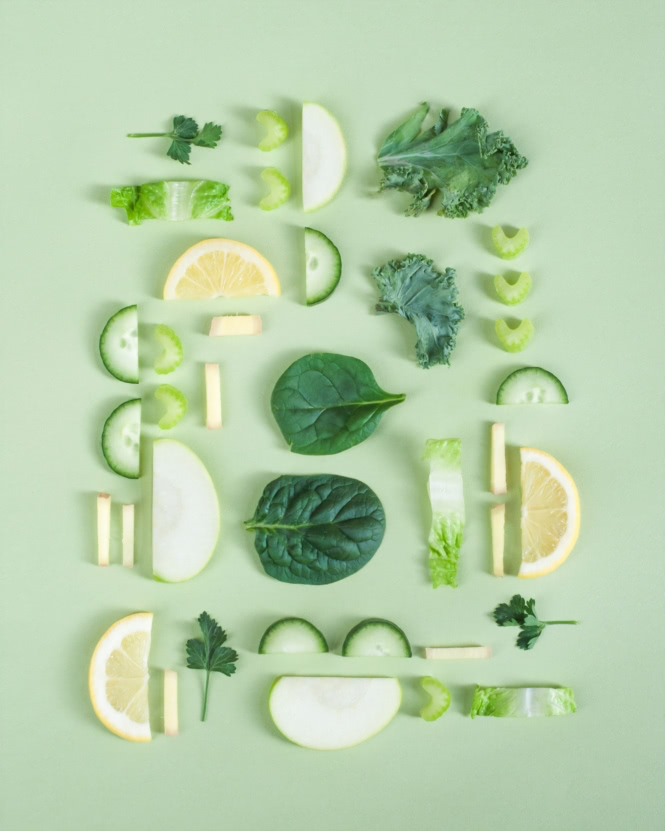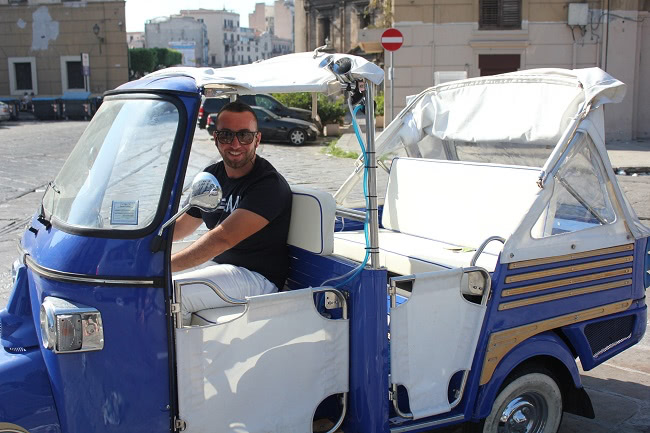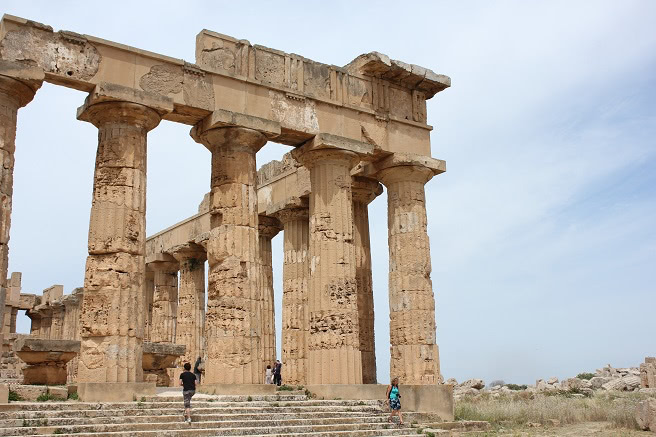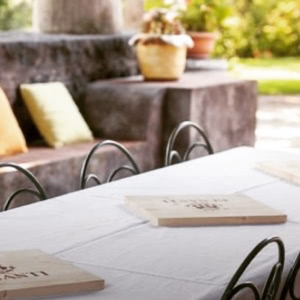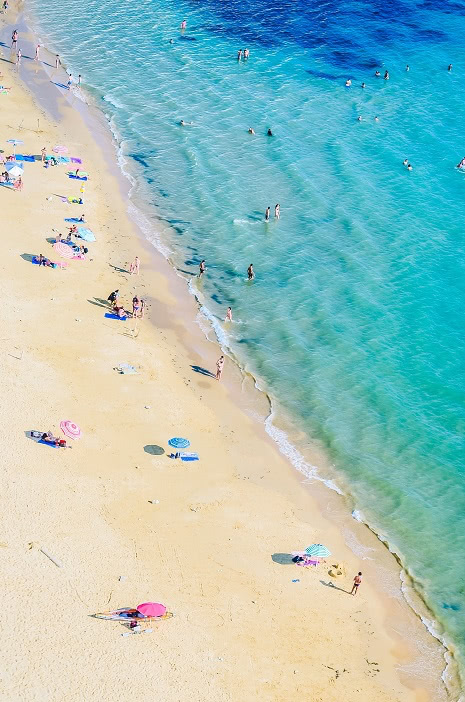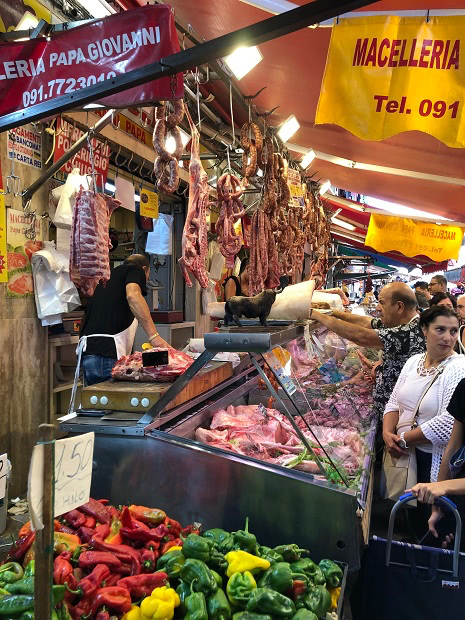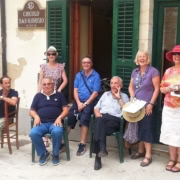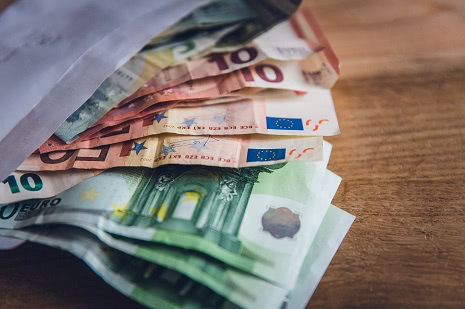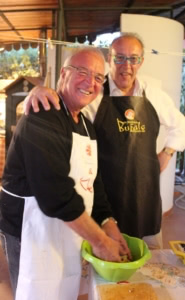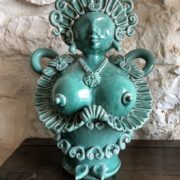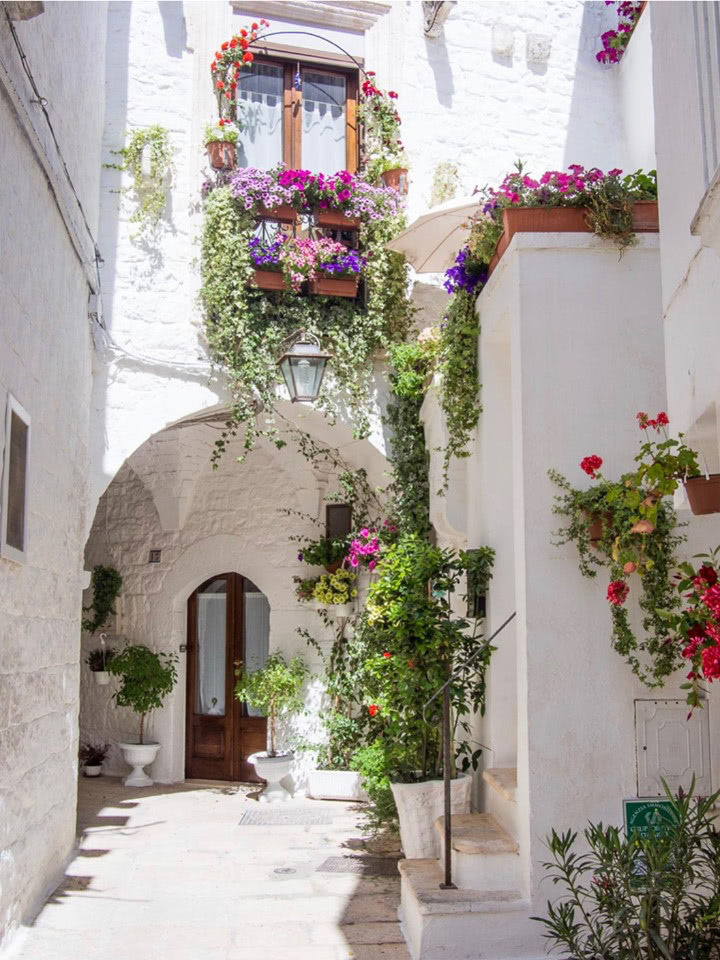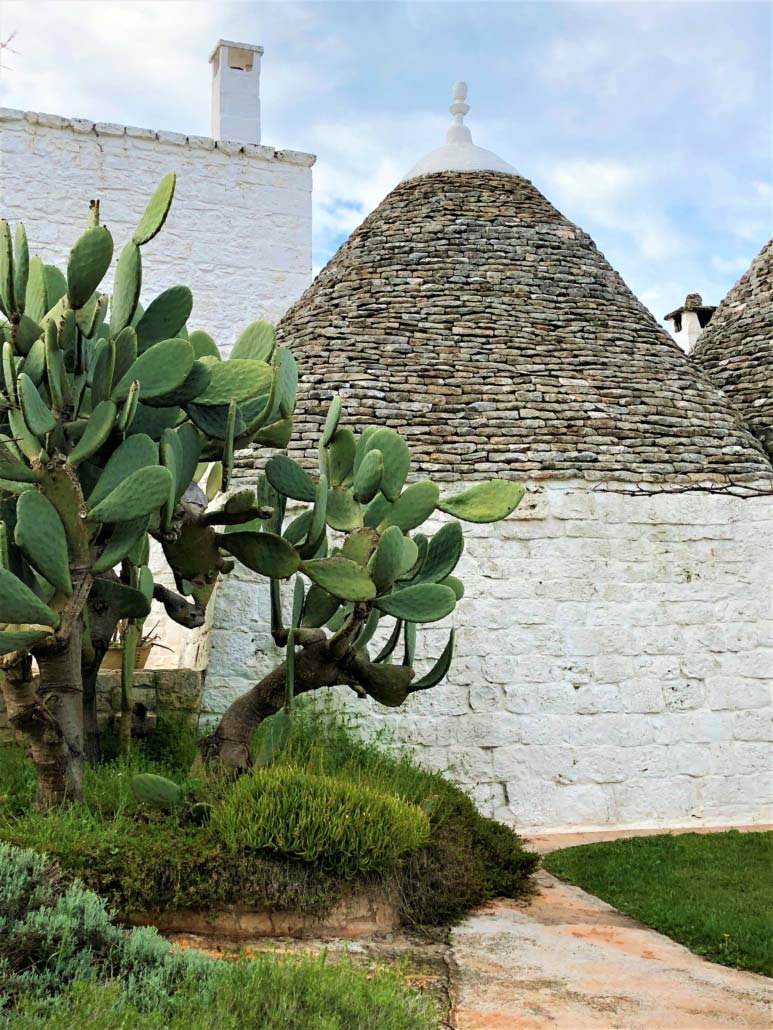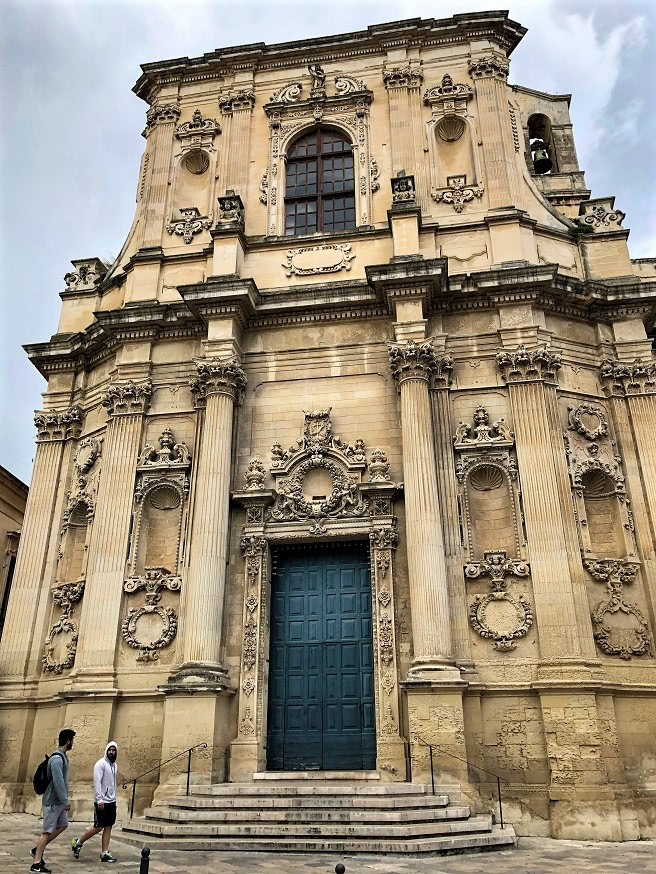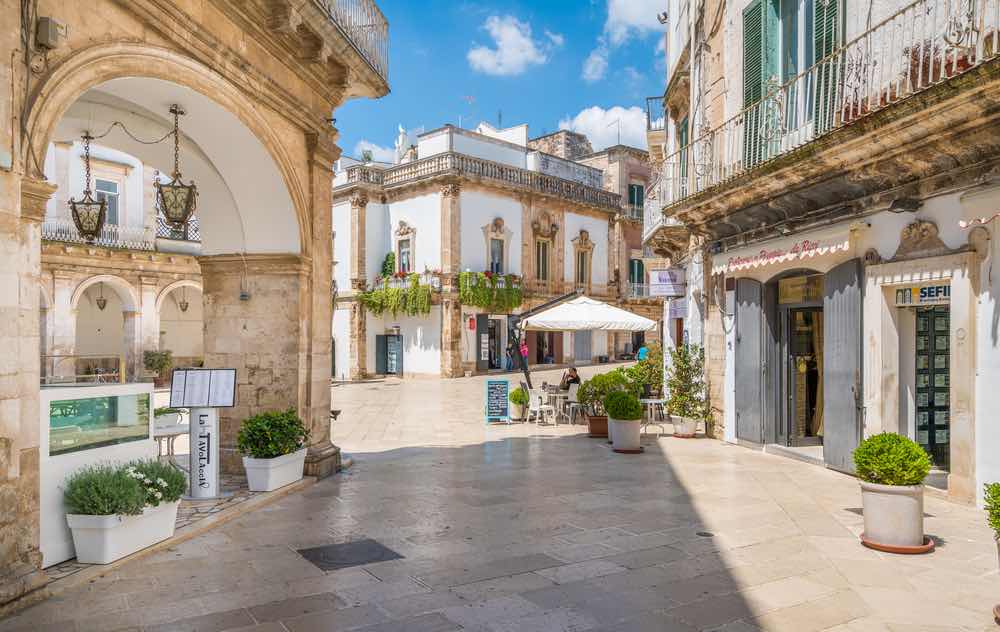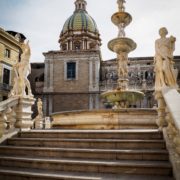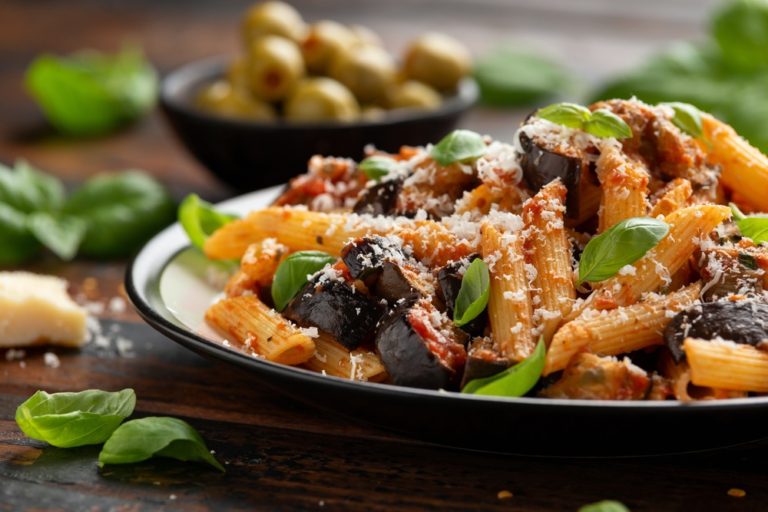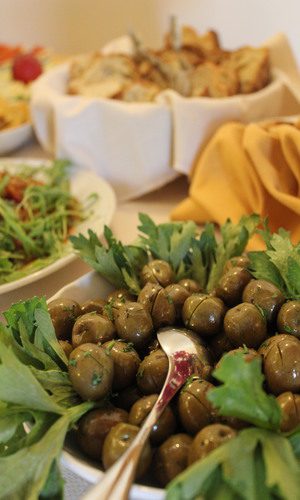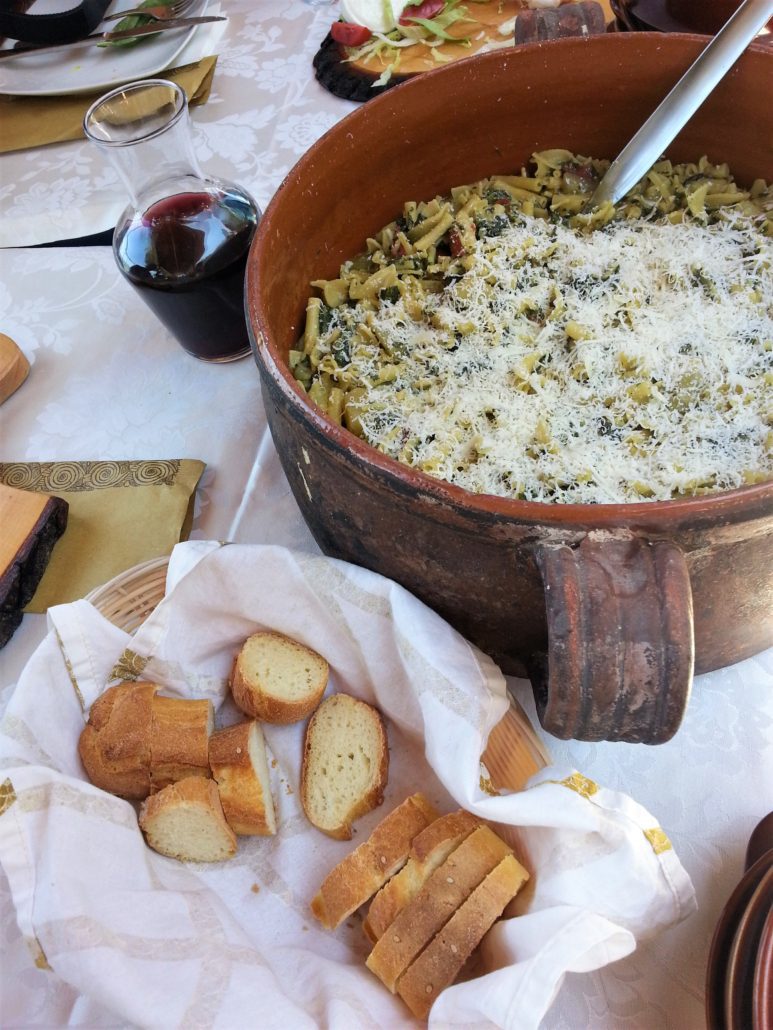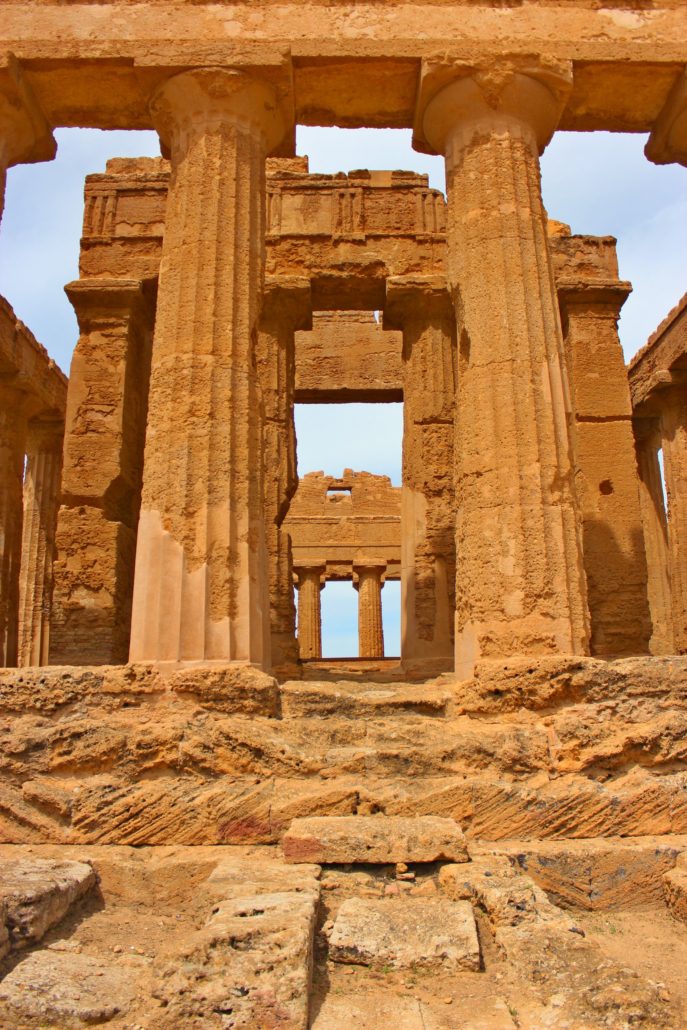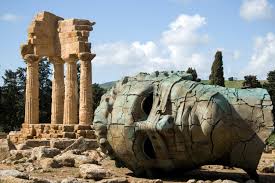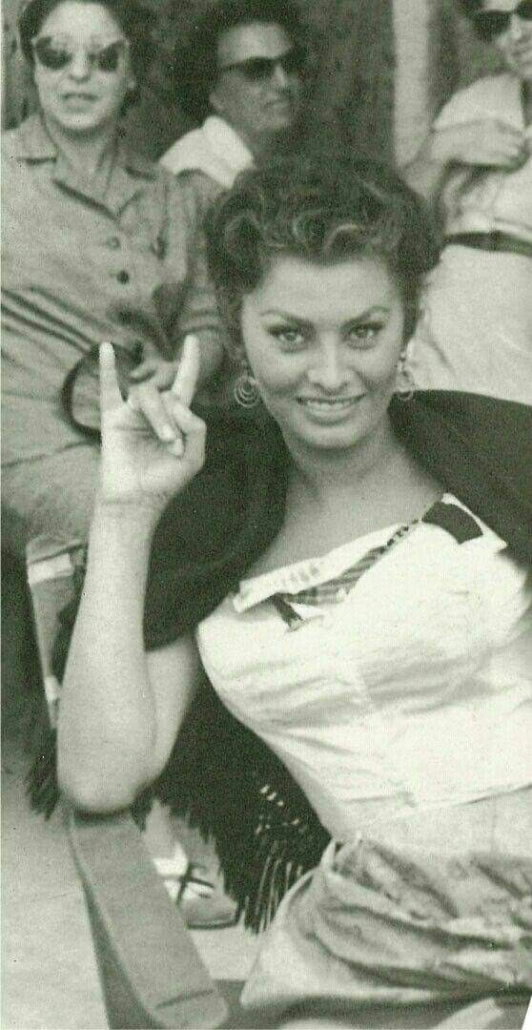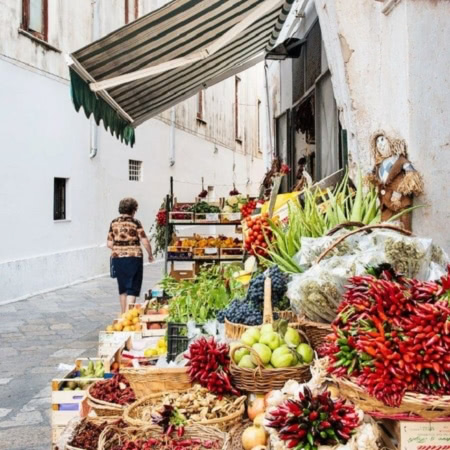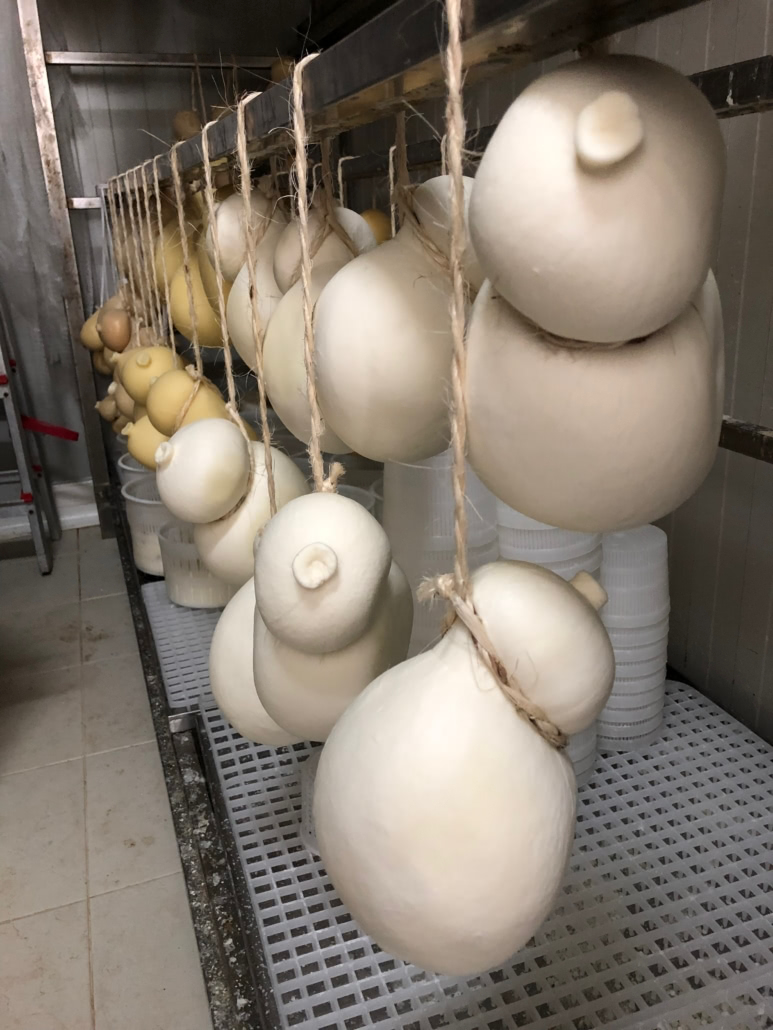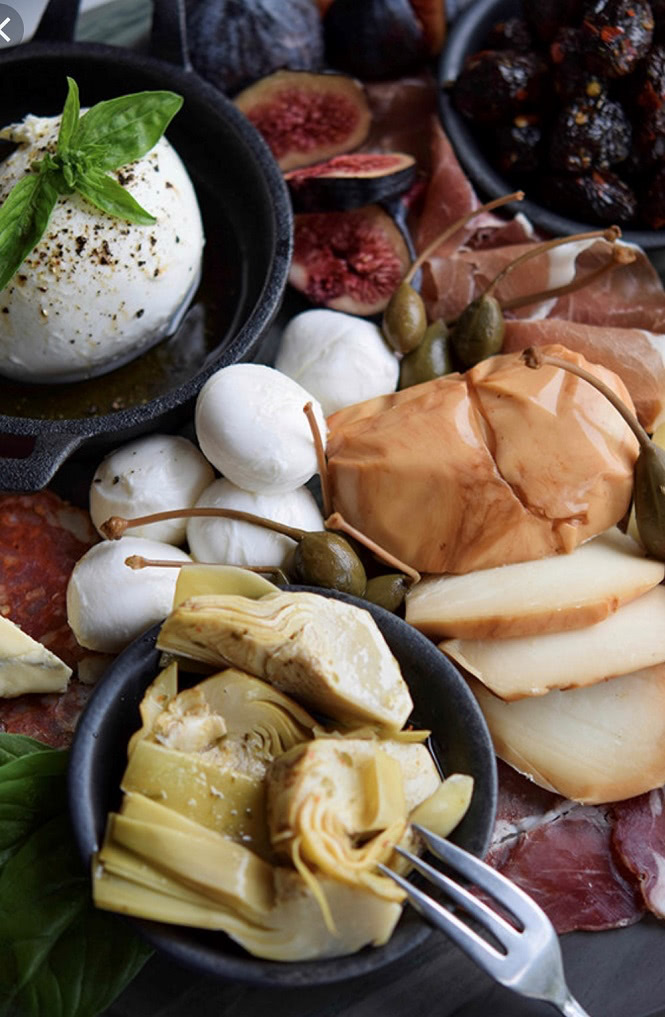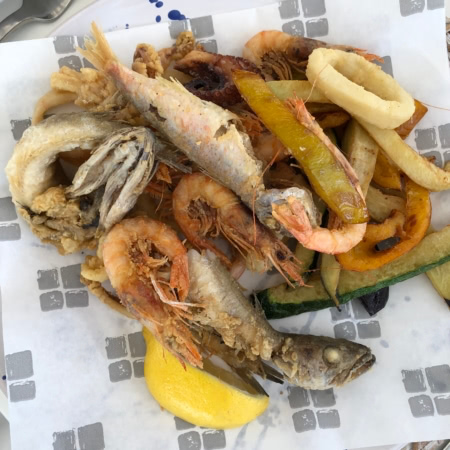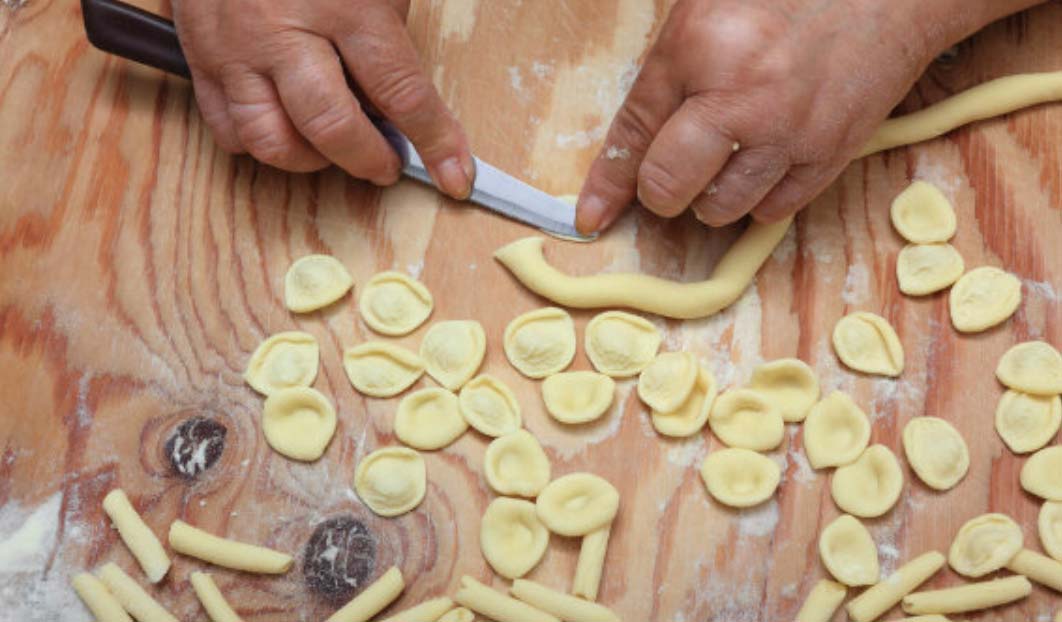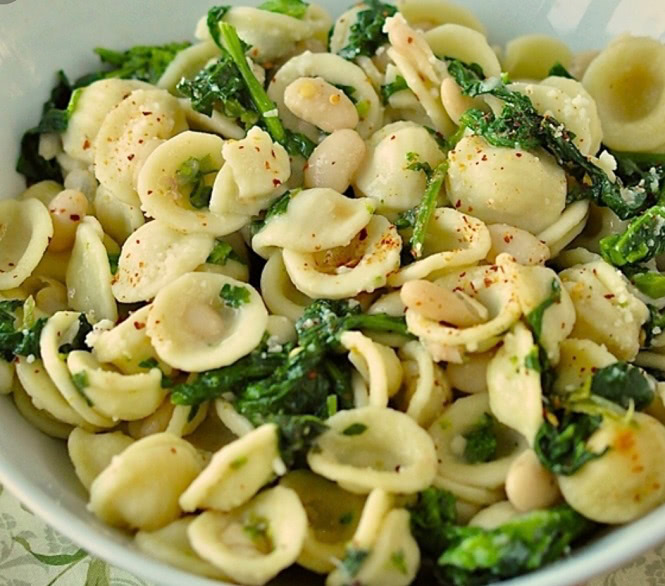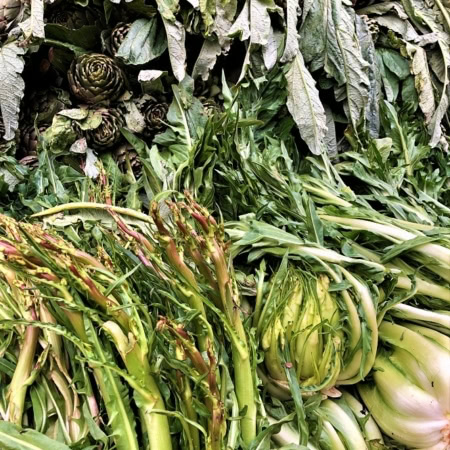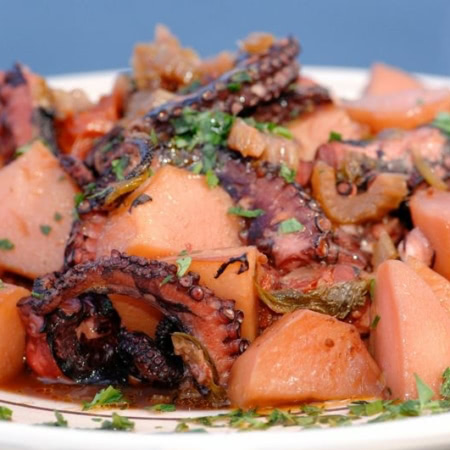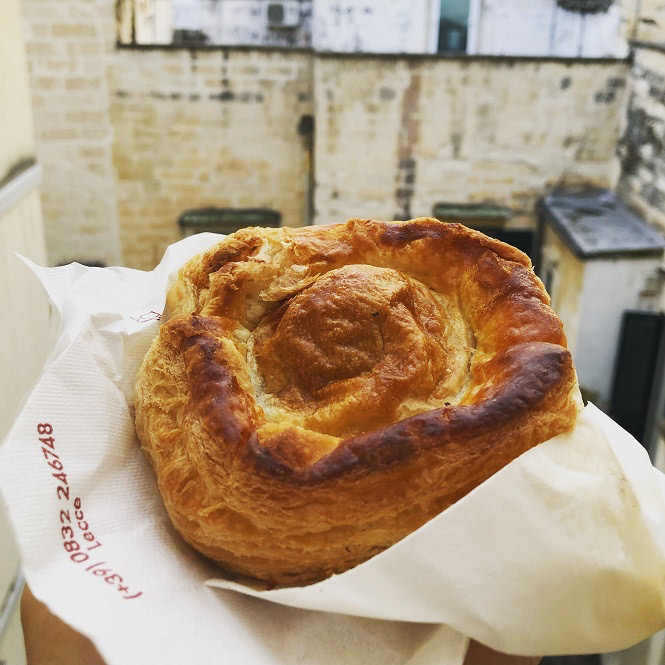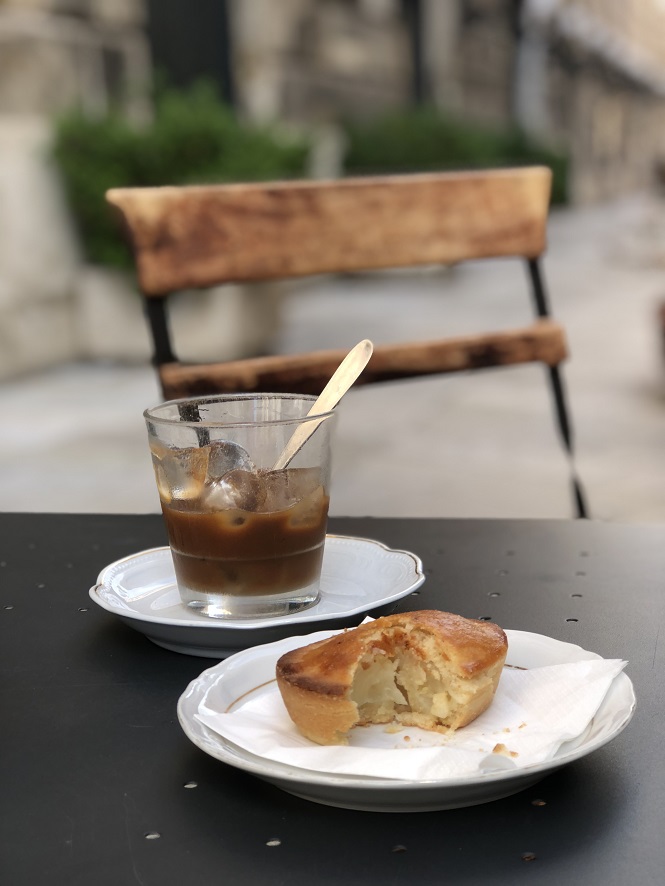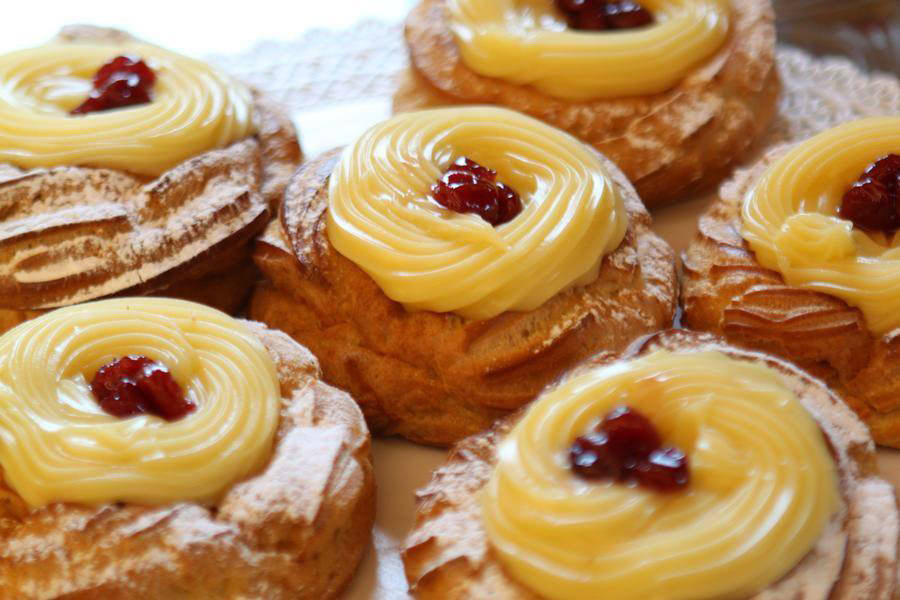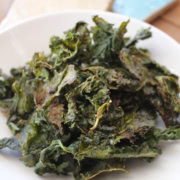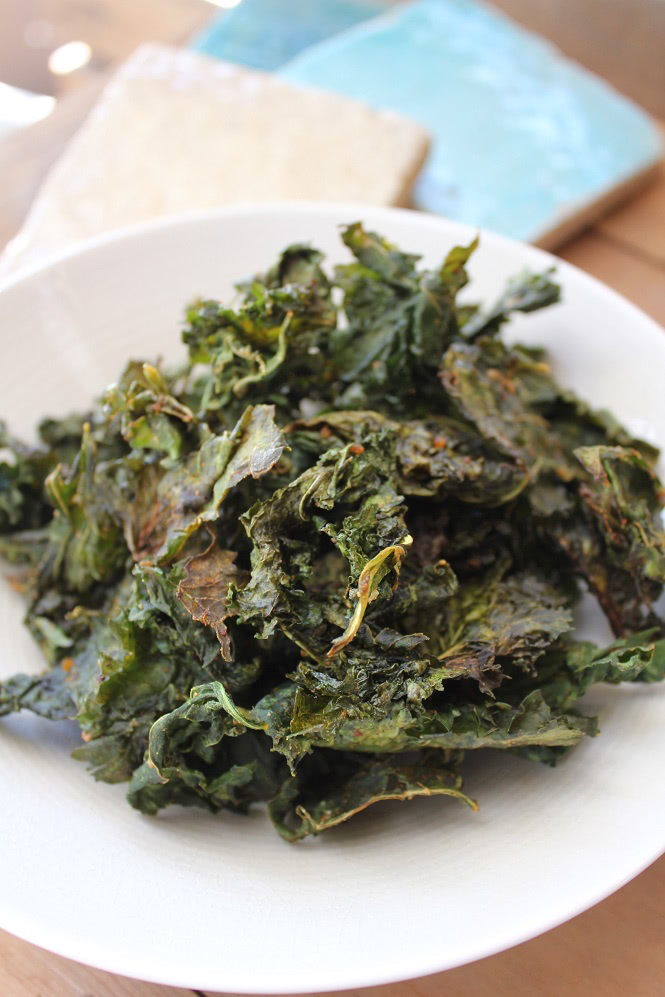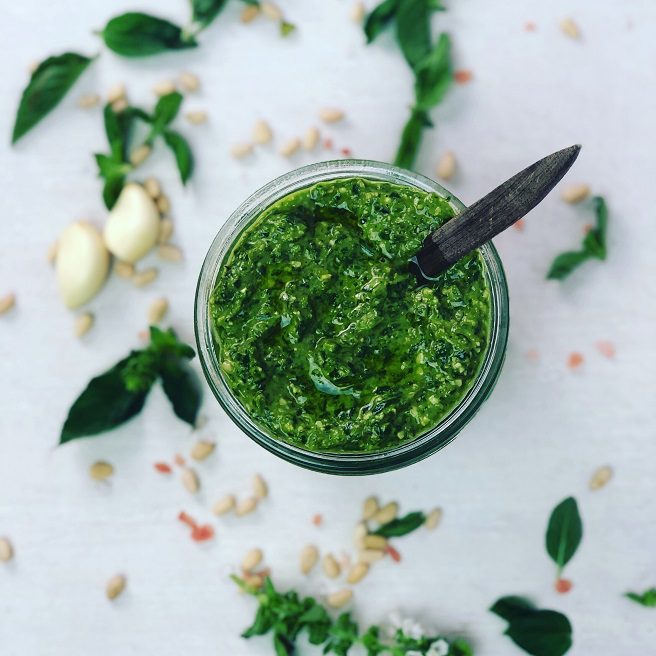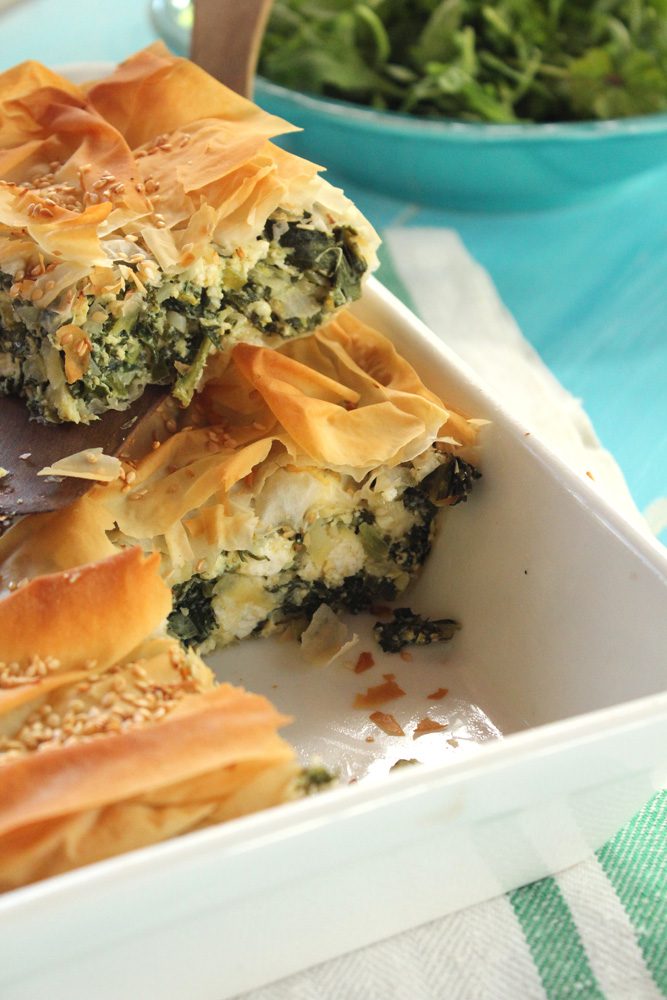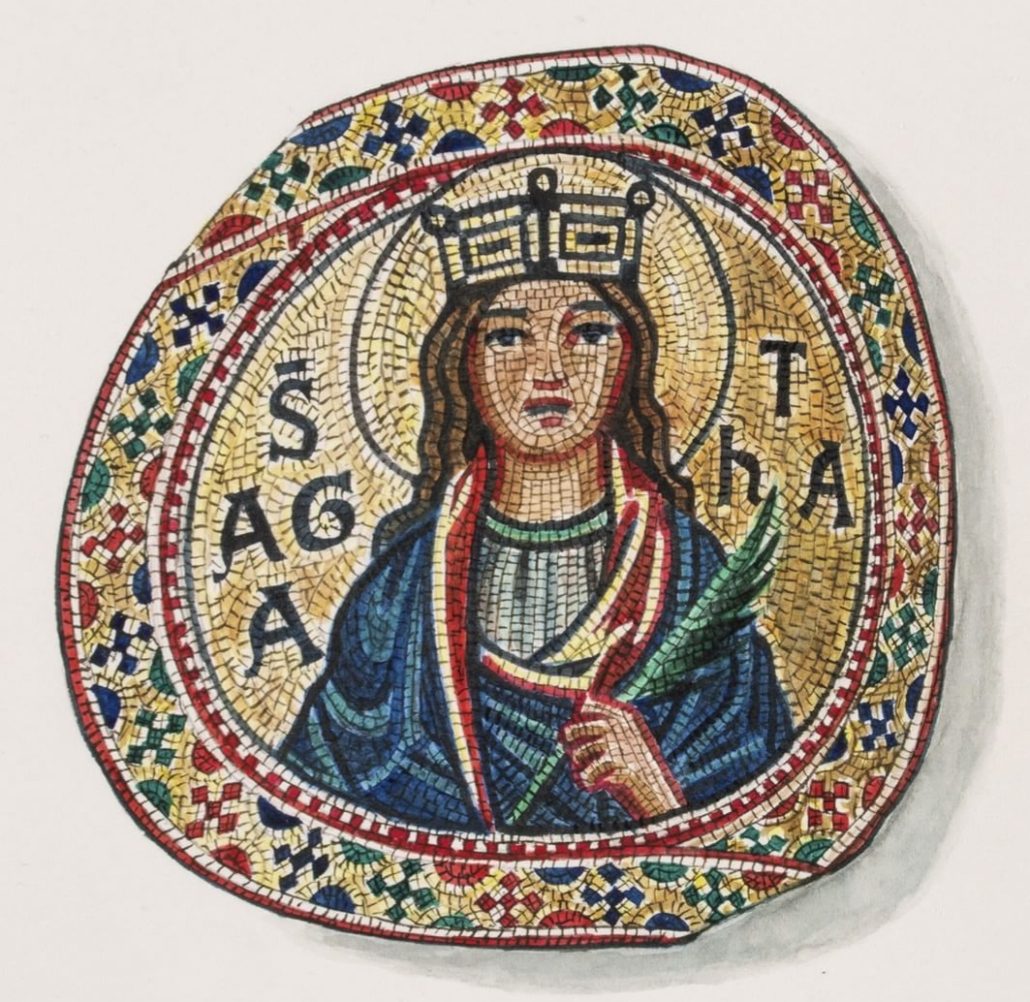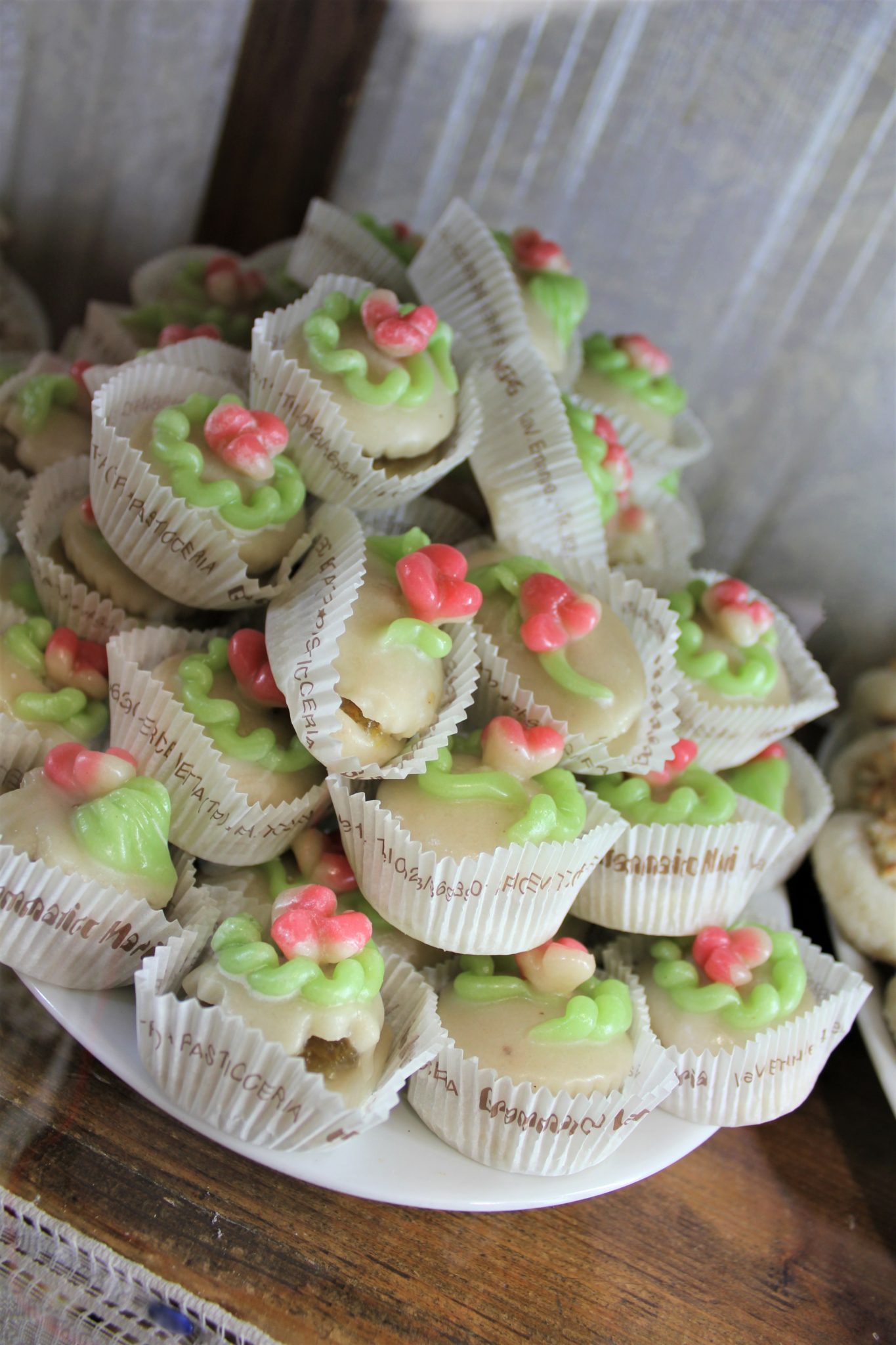What to Do in Grand Rapids MI When You’re Only in Town for a Day
0 Comments/in Blog/by Dominique RizzoAre you looking for a fun and exciting day in Grand Rapids, Michigan? With its vibrant culture, beautiful scenery, and diverse attractions, there is something for everyone to enjoy. Whether you are visiting with family or traveling solo, the city of Grand Rapids has plenty to offer.
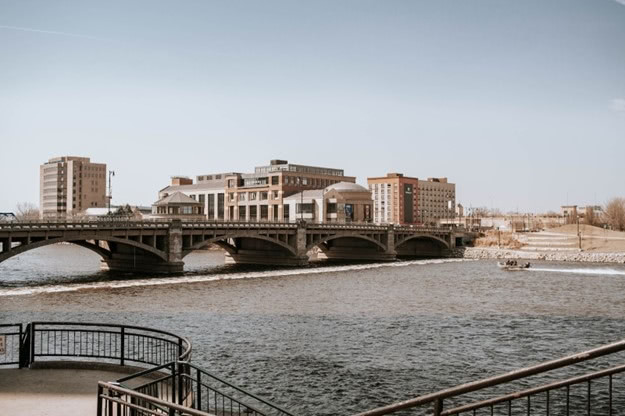
From outdoor activities at one of the many parks to shopping downtown – no matter your interests – you’ll find it all here! Let’s discuss some of the best places to explore when you’re only in town for a day. So get ready to experience all that Grand Rapids has to offer!
Dining Options
Grand Rapids is a vibrant city with plenty of great dining options to choose from. Some of the best restaurants in Grand Rapids are San Chez Bistro, Brewery Vivant, The Winchester, Grove Restaurant & Bar, and Terra GR. These restaurants offer delicious cuisine ranging from traditional American fare to unique regional specialties.
If you’re looking for a more casual dining experience during your day trip in Grand Rapids, there are plenty of great options as well.
Popular casual restaurants include Kuzzo’s Chicken & Waffles, Slows Bar BQ, Founders Brewing Co., and Friesian Gastro Pub. There are many excellent food trucks and street vendors located throughout the city. No matter what type of cuisine you’re looking for, you’ll find something to satisfy your hunger during a day trip in Grand Rapids. Bon Appétit!
Morning Activities
If you’re looking for some morning activities in Grand Rapids MI, there are plenty of options to choose from.
One option is to visit the Frederik Meijer Gardens & Sculpture Park.
This 132-acre botanical garden and outdoor sculpture park features a variety of gardens with over 5,000 plant varieties and hundreds of sculptures from around the world.
You can also enjoy a tram ride and take in the many lakes, streams, and woodlands that make up this beautiful environment.
Alternatively, you could visit one of Grand Rapids’ local art galleries or museums.
The Grand Rapids Art Museum has an extensive collection of modern and contemporary art as well as historical exhibits.
The Gerald R. Ford Presidential Museum is also worth checking out, as it offers visitors a unique look at the life and legacy of the former president.
For those looking for something active to do in the morning, you can go kayaking on the Grand River or take a hike on one of the many trails in Millennium Park.
If you’re feeling brave, you can even try a free-fall experience at the Grand Rapids Skydiving Center. You could also explore the city on two wheels by renting a bike or joining one of the city’s bicycle tours.
Noon and Afternoon Activities
Grand Rapids is a great destination for those looking to explore during their noon and afternoon hours. The city is bursting with energy and activities that are sure to keep you entertained throughout your stay.
Here are some popular activities:
Visit the Frederik Meijer Gardens & Sculpture Park
Enjoy art, gardens and nature at this unique 148-acre botanical garden and sculpture park located in Grand Rapids.
There are plenty of interactive activities to enjoy as well as a tropical conservatory, children’s garden, outdoor amphitheater and much more.
Explore Downtown Grand Rapids
Take a stroll through the downtown area and enjoy some of the great local shops and restaurants.
The Grand River runs throughout downtown, providing beautiful views along the way.
Take a Segway Tour
Get to know the city on two wheels with one of the popular segway tours available around Grand Rapids. Tours will take you to some of the most popular sights in town.
Visit one of the Local Breweries
Grand Rapids is home to many breweries, some of them offering tastings and tours. Stop by one of these unique spots and sample some delicious beers crafted locally.
Take a Boat Tour
Enjoy a peaceful boat tour on the Grand River or take a kayak out for an adventure up the river. Enjoy the beautiful views of the city and its surroundings from a different perspective.

Evening Activities
The city is home to dozens of lively bars and pubs, as well as a wide variety of restaurants with everything from traditional American fare to international dishes.
Theater lovers can take in an evening show at one of the many theaters around town, such as the Grand Rapids Ballet or the Civic Theatre. If you want to spend some time outdoors, you can explore the many parks around town. Millennium Park is one of the most popular spots and has plenty of activities like biking and walking trails, lakeside beaches, a fishing pier, and sports courts.
Or if you’re looking for something more relaxing, you can take a leisurely stroll through the Frederik Meijer Gardens & Sculpture Park.
If you’re looking for some nighttime entertainment, there are plenty of pubs and clubs around town offering live music and dancing.
Or if you’d like to explore Grand Rapids’ rich history, you can visit the Grand Rapids Public Museum or take a guided tour of the historic and iconic neighborhoods like Heritage Hill.
You could also head over to the downtown art district, where you’ll find dozens of interesting galleries, shops, and cafes.
Shopping Options
Grand Rapids hosts a variety of shopping centers that cater to a range of tastes.
The Downtown Market is the largest indoor/outdoor market in Michigan and offers locally sourced produce and artisanal foods, as well as unique gifts from local artisans.
For those looking for big-name brands, Woodland Mall has all the major stores along with many dining options.
Rivertown Crossings Mall is another popular shopping destination that features stores like Apple, Sephora, and Victoria’s Secret.
Final Word
Grand Rapids, Michigan is a great place to visit for anyone looking to get away from the hustle and bustle of everyday life. Whether you’re in town for a day or an entire week, there are plenty of activities that can fill up your itinerary with fun and excitement.
From visiting museums and art galleries to exploring nature trails and taking part in outdoor sports, Grand Rapids has something for everyone.
With its vibrant culture, delicious cuisine options, rich history, and stunning natural beauty — it won’t be hard to find things to do while you’re here!

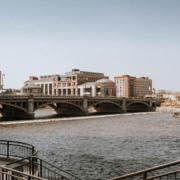 Photo by Troy Spoelma on Unsplash
Photo by Troy Spoelma on Unsplash


